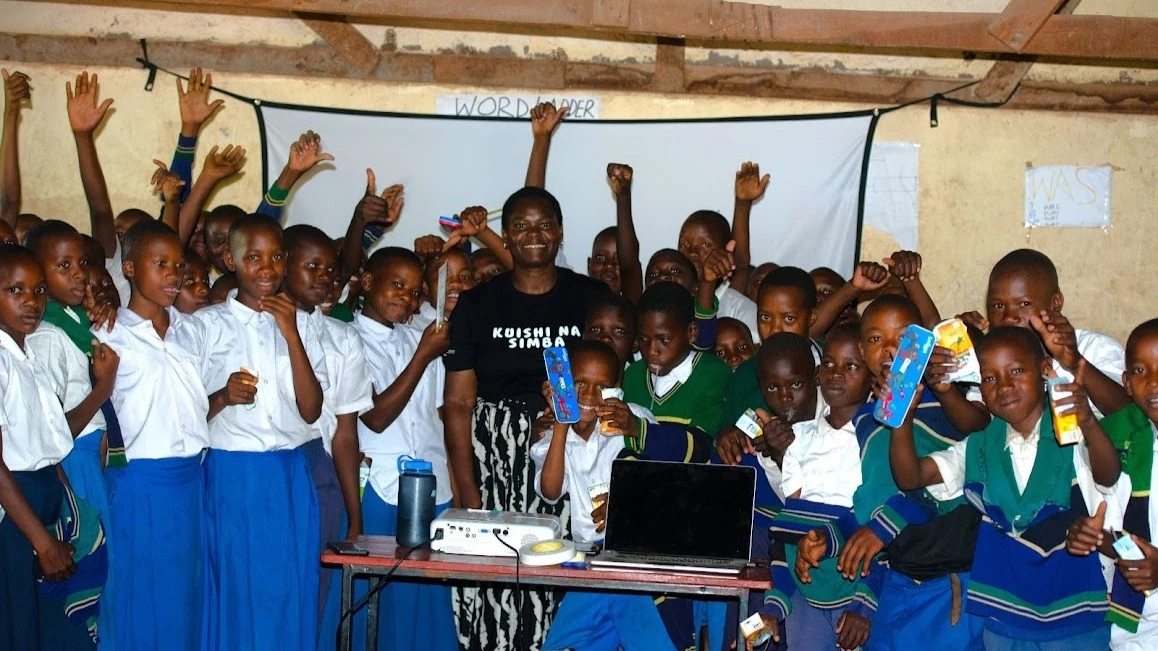Over 3, 000 people near Senapa trained on ways to address HWC

OVER 3000 people living near the Serengeti National Park (Senapa have been trained on various strategies which will help them prevent human-wildlife conflicts.
This is through a new documentary film by a Tanzania female nature and wildlife cinematographer and director, Erica Rugabandana.
Dubbed: “Living with Lions”, the film has been produced and screened to villagers adjacent to the Serengeti National Park educating them on how they can continue to live carefully and peacefully in their villages near national parks.
Rugabandana, said in a statement that the new film has brought awareness of the challenges of human-wildlife conflicts especially between lions and villagers living near the park.
“As films are a powerful way to bring communities together to learn about issues, spark discussion and inspire action, this month, we screened the film in schools and community spaces adjacent to the main national park in Northern Tanzania,” she said.
She further said the film has also been screened across the world including at Australia’s Wild Earth Oceania Film Festival earlier this year and will be screened at the Australian High Commission in Kenya next month as part of Africa’s only wildlife film festival, Pridelands Wildlife Film Festival.
She explained: “My recent screenings helped to bridge the information gap among communities, facilitating discussions on human-wildlife conflict and the adoption of innovative strategies on wildlife conservation. We were also fortunate to have the Tanzania Wildlife Authority involved with the initiative, which will help inform policy making, education programmes and community engagement on these issues in the future.”
Australian High Commissioner to Kenya, Jenny Da Rin said: “Like East Africa, Australia is fortunate to be home to unique and wonderful plants and wildlife–more than 80 percent of our plants, mammals, reptiles and frogs are unique to Australia.”
She said as the world adapts to impacts of climate change and population growth, Australia and East Africa share similar challenges of human-wildlife conflict.
“Initiatives like Rugabandana’s are crucial for community awareness, encouraging action and the better management of human–wildlife conflict,” she added.
She noted Rugabandana wrote and directed the ‘Kuishi na Simba’ (Living with Lions), a film that explores the dynamic relationship of lions and people–in attempt to illustrate the spill-over of lions into community areas, their feeding behaviour on adjacent pastoralist livestock and the plight of the lion prides at the hands of retaliatory pastoralist practices including attacks and poisonings and general local apathy towards these carnivores.
Home to 40 percent of the world’s remaining wild lions, Tanzania is considered a leader in lion conservation. However, their survival is threatened with 60 percent living outside of protected areas, where they are vulnerable to major conflict with humans.
The film is relevant to the communities living with wildlife in East Africa, particularly in Kenya, Tanzania and Uganda, where there have been many reported cases of lions attacking livestock and people responding by attacking the lions or poisoning them.
The Australian government supported the screening of the Kuishi na Simba film in Tanzania as well as translating the film into Maa, the language of the Maasai, Samburu and Camus peoples. The film was supported by the VII Foundation and commissioned by Jorge Franzini and Rob Burk at Curiosity Stream.
Top Headlines
© 2024 IPPMEDIA.COM. ALL RIGHTS RESERVED



















